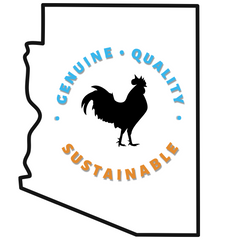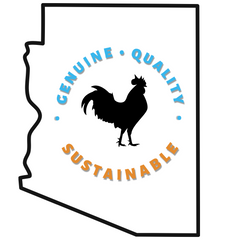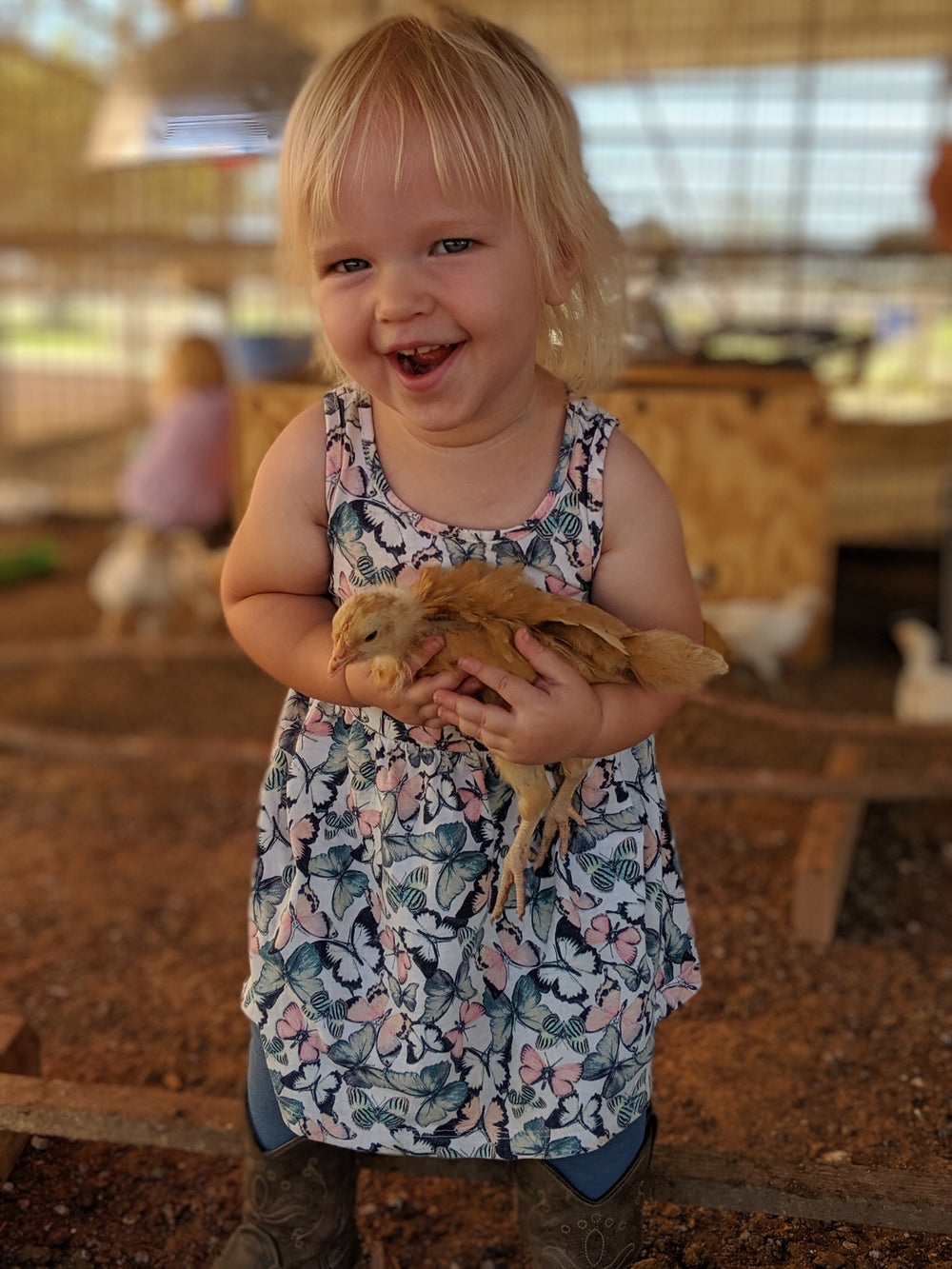Mix-and-match 4 or more potted berry plants for free shipping!
Boysenberries (Blackberry Rubus) are a classic and beloved variety known for their large, dark purple fruit, which boasts a perfect balance of sweetness and tartness. These berries are widely grown across the United States and are cherished for their versatility in the kitchen. Whether enjoyed fresh off the vine, incorporated into pies and cobblers, or transformed into rich, flavorful preserves, boysenberries offer a delicious treat for berry lovers.
Thriving in full sun and well-draining soil, boysenberry plants are vigorous growers that produce abundant harvests in mid-summer. Their trailing growth habit requires support, such as a trellis, to maximize fruit production and ease of harvesting. With their bold flavor and high productivity, boysenberries are an excellent choice for home gardeners and berry enthusiasts alike. For those in a hurry, consider boysenberries same-day delivery to enjoy these juicy, flavorful berries right away. Whether you're cultivating a backyard berry patch or growing for culinary delights, these berries are sure to become a staple in your garden.
Potted Boysenberry
-
Zones: 6-9
-
Harvest: mid-June to early July
-
Fruit: Large, long fruits that ripen to a deep maroon. Juicy, sweet-tart berry with a delightful aroma.
- Facts of note: Perfect for freezing, canning, jams, jellies, and eating fresh. Boysenberries were developed from European raspberries and three different varieties of native blackberries. Needs protection below 10°F. Boysenberries are the fruit that made Knott's Berry Farm of Buena Park, California famous. This potted boysenberry variety features thorned canes, offering a traditional berry-growing experience.
- Plants are 2 years, grade #1Boysenberries
Esteemed for their large, sweet-tart fruit, thrive within specific parameters that cater to their growth and fruitfulness. Delving into the nuances of cultivating these berries reveals a process that requires attention to detail and a grasp of their unique needs.
Understanding the Basics:
Boysenberries, scientifically known as Rubus ursinus, are ideally suited for Zones 6-9. Bearing fruits from mid-June to early July, these berries boast elongated shapes and mature to a rich maroon hue. Their flavor is a delightful blend of sweetness and tartness, accompanied by an inviting aroma.
Origins and Development:
Rudolph Boysen, George Darrow, and Farmer Walter Knott play significant roles in the history of boysenberries. This fruit resulted from the crossbreeding of European raspberries and three distinct varieties of native blackberries. Farmer Walter Knott's cultivation of boysenberries at Knott's Berry Farm in Buena Park, California, contributed greatly to their popularity.
Ideal Conditions:
Boysenberries demand careful attention to their environmental needs. They flourish in well-draining soil and require protection when temperatures drop below 10°F. Full sun exposure aids their growth, although they also appreciate some shade in scorching climates. Adequate air circulation is crucial to prevent fungal diseases.
Planting and Care:
Planting two-year-old, grade #1 boysenberry plants sets a solid foundation for growth. Ensure proper spacing, usually 4-6 feet apart, allowing the plants ample room to spread and thrive. Regular watering is essential, especially during dry spells, while mulching helps retain moisture and regulate soil temperature.
Pruning and Maintenance:
Pruning is pivotal for boysenberries. Removing dead or diseased canes and keeping the growth controlled ensures better fruit production. Prune during the dormant season, and be cautious, as they bear fruit on second-year canes.
Pollination:
Boysenberries are self-pollinating, though additional nearby plants can enhance pollination and fruit set. Encouraging pollinator-friendly flora in the vicinity can attract beneficial insects and aid in the pollination process.
Comparison to Other Berries:
Boysenberries are large, dark maroon or purple berries with a sweet-tart flavor, a hybrid of blackberry, raspberry, and loganberry, growing on trailing vines. Raspberries are smaller, come in various colors like red, black, purple, or golden, and have a sweet, aromatic taste, growing on canes and being more cold-hardy. Loganberries, a hybrid of blackberry and raspberry, are dark red or deep purple with a slightly tart taste, growing on vigorous trailing vines.
Harvest and Usage:
Harvest boysenberries when they reach full ripeness, displaying their deep maroon color and easily detaching from the vine. Their versatility allows for various culinary uses, including freezing, canning, making jams, jellies, or simply relishing them fresh. Proper storage in the refrigerator prolongs its shelf life.
Boysenberries stand as a testament to meticulous cultivation, offering a delectable fruit known for its versatility and unique flavor profile. By providing them with the right conditions and care, growers can enjoy bountiful harvests and relish the fruits of their labor.
For more information, please enjoy our Growing Guide for planting and growing cane berries.
Utilice pestañas plegables para obtener información más detallada que ayudará a los clientes a tomar una decisión de compra.
Ej: Políticas de envío y devolución, guías de tallas y otras preguntas comunes.
Affiliate Discretion
AZ Chickens participates in affiliate marketing programs. This means that we may earn a commission or receive compensation for recommendations made through our site.
It's important to note that using our affiliate links does not result in any additional cost to you. The priice of the product or servicve remains the same.
Our primary goal is to provide valuable and helpful content, products and services to our customers. Any earnings from affiliate links, or purchases help support our homestead.





